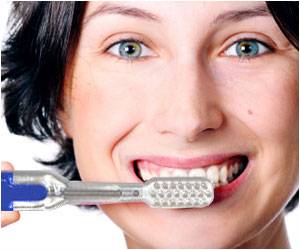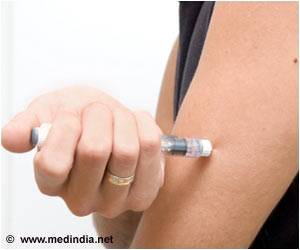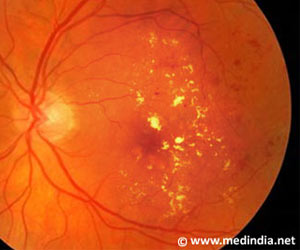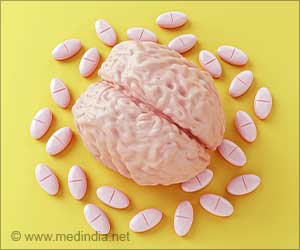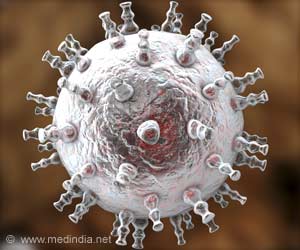In a study, lead author and orthopaedic surgeon Stephen Bartol, M.D., says that mechanomyography, or MMG is effective with measuring nerve function and determining whether nerves are compressed.
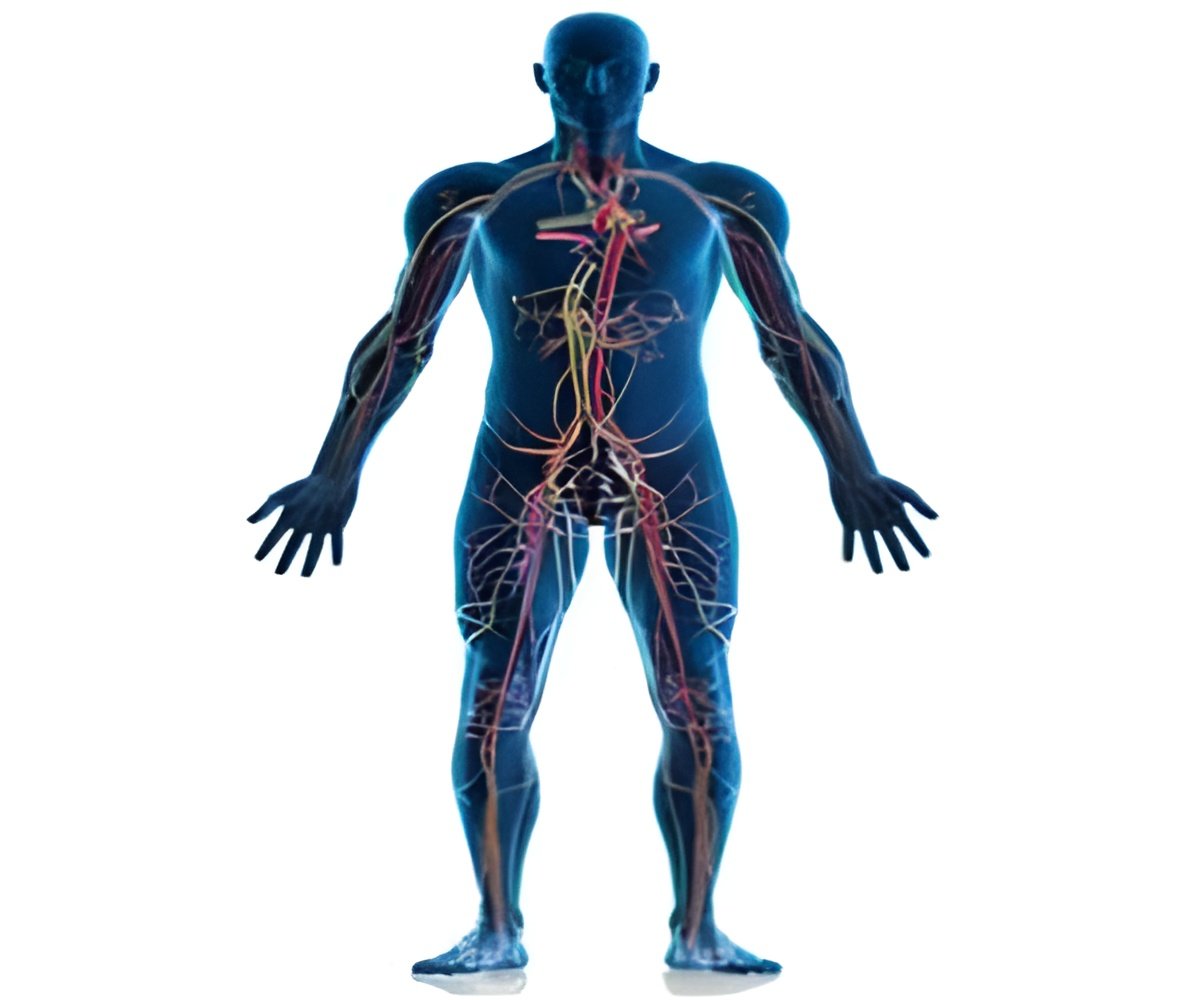
MMG, which functions by detecting muscle movement and sending real-time alerts to surgeons, measures the performance of nerves during surgery, thereby reducing the risk of inadequate surgery and eliminating the need for additional surgery.
While encouraged by his findings, Dr. Bartol urged caution that more research is needed involving larger patient populations.
"Traditionally, when we operated on someone who has nerve decompression, we didn't know if we had done enough during the surgery at the time. It was basically wait and see after the patient recovered," Dr. Bartol says. "With the MMG tool we can differentiate between normal and compressed nerves, and gauge the severity of the compression."
The study is being presented Friday at the American Academy of Orthoapedic Surgeons' annual meeting in Chicago.
It is estimated that back pain will affect eight of 10 people in their lifetime, and one-quarter of U.S. adults report having back pain lasting at least one day in the past three months.
Advertisement
Conventionally, surgeons assess nerve decompression using direct visualization or a probe called a Woodson elevator, methods Dr. Bartol describes as "purely subjective" and prone to error. Another method electromyography, or EMG, which monitors the electrical response of muscle, is unreliable because electrical noise in the operating room makes it difficult to quantify nerve responses, Dr. Bartol says.
Advertisement
In the study, researchers sought to test the electrical threshold of stimulation of 64 nerves in 41 patients by direct contact prior to and after decompression, during which a small portion of bone over the nerve root is removed, enabling the nerve root to heal without hindrance.
Stimulation started at 1mA electrical current and gradually increased until an MMG response was achieved.
The findings:
- Prior to decompression, 89 percent of nerves had an elevated median threshold of 4.89mA.
- After decompression, nerves had a median threshold of 2.08mA and 70 percent had normal threshold of 1mA.
- After decompression, all 64 nerves had measurable increases in MMG response.
- After decompression, 98 percent of nerves with abnormal pre-compression values had a drop in threshold greater than 1mA.
Source-Eurekalert

